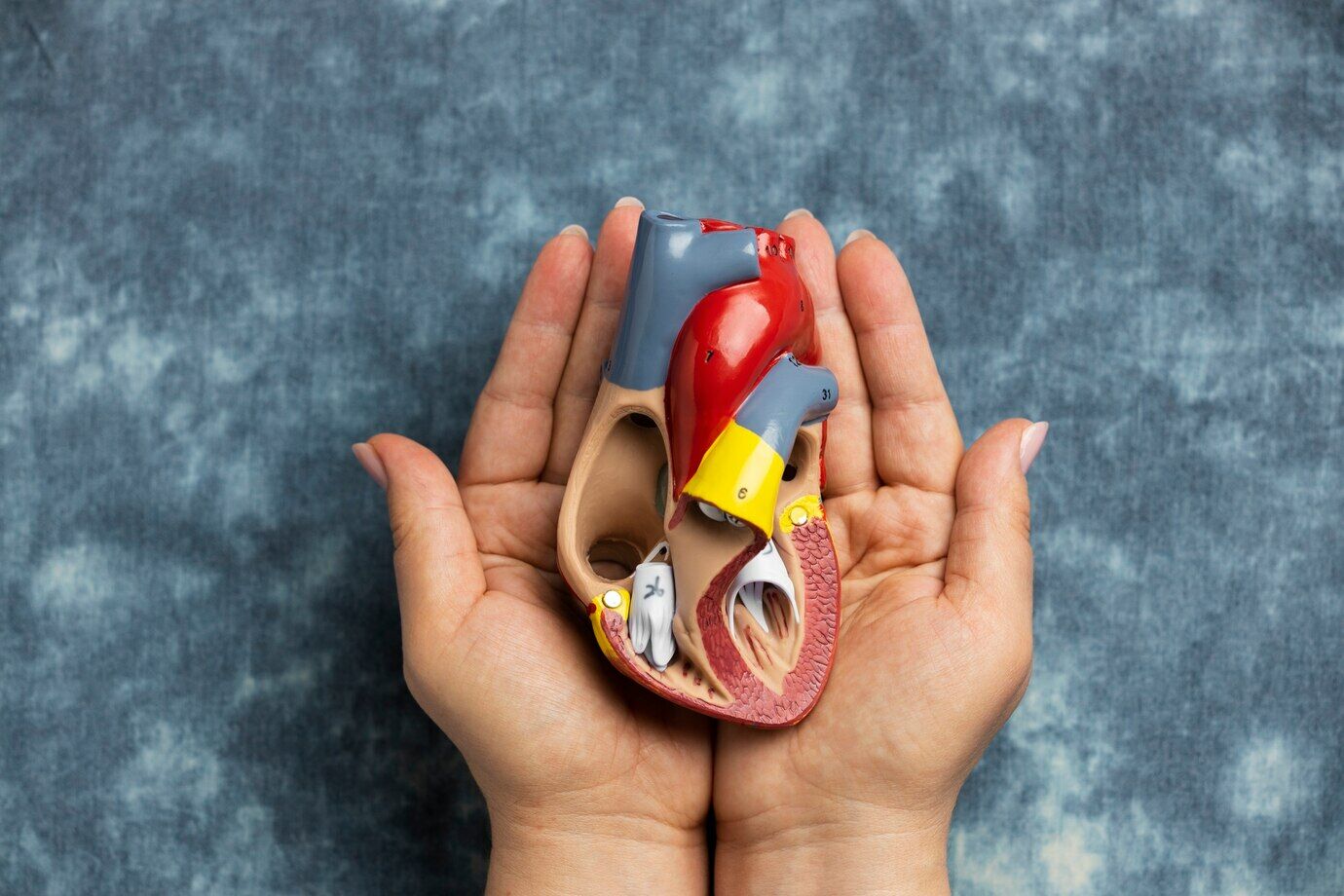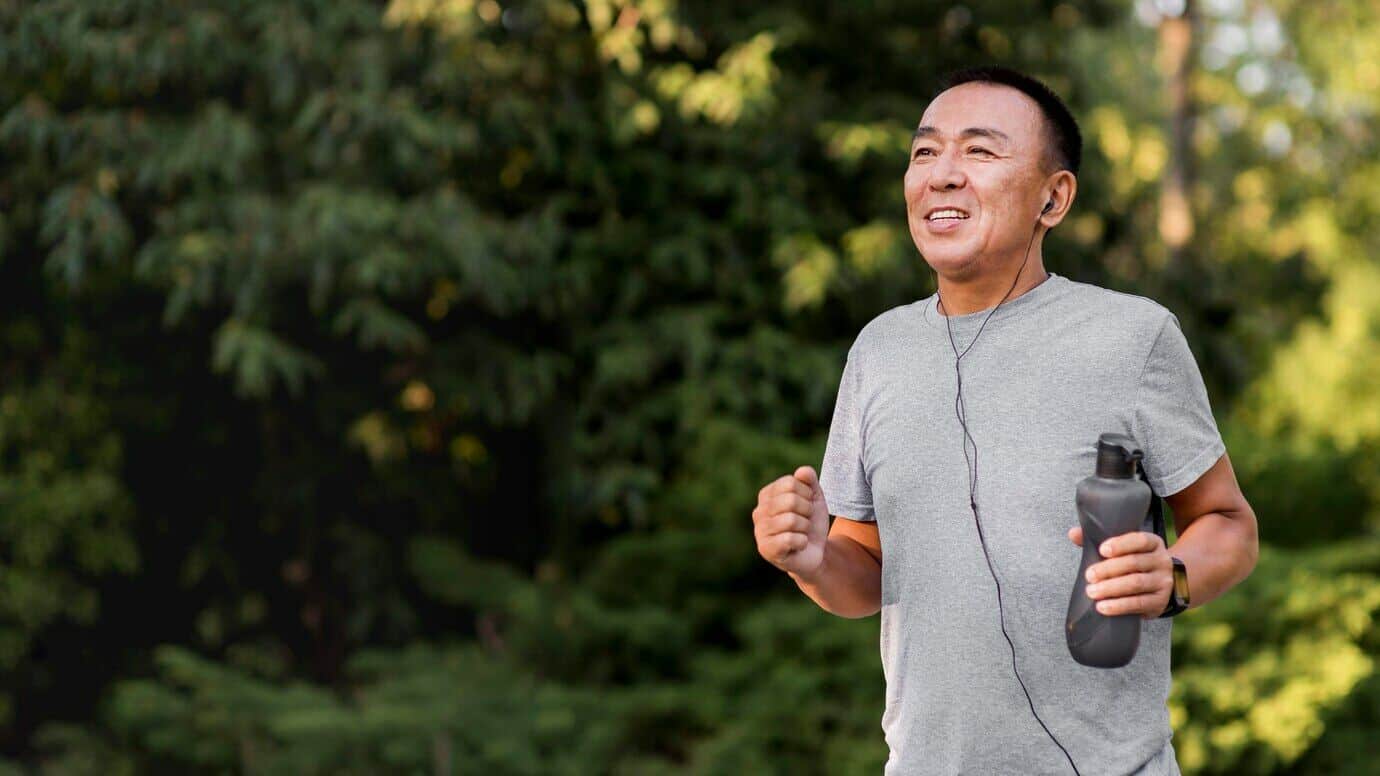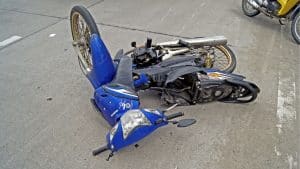Beating the clock: How timing is everything with heart valve disease
Learn the silent signs of heart valve disease and why early diagnosis could save your life, according to top surgeon Dr. Taweesak Chotivatanapong

Heart valve disease is one of those conditions that quietly chip away your health before you realise something’s wrong. It doesn’t start with a dramatic collapse or blaring warning signs. It starts, usually, with a bit of breathlessness on the stairs, a racing heart after light activity, or feeling a little more tired than usual.
“The tricky part of heart valve disease is in the initial phase. There will be little to no symptoms, so people will ignore it and think that they are still healthy,” Dr Taweesak Chotivatanapong told The Thaiger. And according to him, ignoring those small symptoms could be fatal.
A cardiothoracic surgeon at MedPark Hospital Bangkok, and now Chairman of the International Academic Institute Program and Senior Consultant at the Central Chest Institute of Thailand, Dr Taweesak has spent the last four decades perfecting surgical techniques, inventing medical devices, and training the next generation of heart surgeons. And yet, his biggest focus is making sure you don’t need him. At least, not too late.
The Thaiger sat down with him to talk about heart valve disease and why early detection and treatment are everything when it comes to survival and life after surgery.
What is heart valve disease, and why does it go undetected?

Heart valve disease occurs when one or more of the heart’s four valves (aortic valve, mitral valve, pulmonary valve, and tricuspid valve) stop working properly. This can happen because of narrowing (stenosis), which restricts blood flow, or leaking (regurgitation), which allows blood to flow backward.
Dr Taweesak explains that the human heart is remarkably good at covering for itself. When one of the four valves malfunction, the heart doesn’t immediately throw up red flags. Instead, it works harder to compensate and make sure the organ still receives adequate blood flow.
“It’s just like an injured horse can run faster,” he adds, describing how the heart works harder and longer before you feel a single symptom. But every horse eventually gets tired, and when it does, it stumbles.
The first symptoms are almost subtle, such as shortness of breath during mild activity, dizziness, fatigue, palpitations (irregular heartbeat), and swelling in the ankles or feet. These are easy to dismiss as signs of ageing or being out of shape. However, they may be your heart’s way of crying for help.
How does a doctor diagnose heart valve disease?
You might be thinking, “If heart valve disease is so quiet, how would I know I have it?”
The answer starts with something as simple as paying attention to your body. If you experience the symptoms of possible heart valve disease, schedule a health checkup right away. And even if you feel perfectly fine, a routine heart checkup is still one of the smartest things you can do for your long-term health.
Heart diagnostics are no longer scary, sci-fi-level procedures. “The technology to detect and disclose the problem has been so advanced compared to my time. Most of all, the best part is that these technologies are less invasive, very accurate, and very reproducible,” Dr Taweesak says.
Nowadays, he relies on echocardiography to diagnose his patients at MedPark Hospital. It’s a non-invasive test that uses ultrasound to create images of the heart in real-time. It shows everything, such as how blood moves, where valves are narrowed or leaking, and just how serious the issue is.
“They can quantify and summarise whether the problem is significant enough to treat medically, with intervention, or if you need surgery,” he explains.
What are the treatment options for heart valve disease in Thailand?

Once diagnosed, the next step is figuring out the best treatment. In most cases, that means either repairing the faulty heart valve or replacing it altogether. Whenever possible, Dr Taweesak prefers to repair.
“The natural valve is always the best. There’s still no prosthetic valve that can function as well as the natural valve,” he told us.
Mitral valves, in particular, are often repairable. He explains, “In degenerative cases (age-related wear and tear), we can now repair more than 90% of them. Even in rheumatic cases (damage from rheumatic fever), we’re hitting around 80 to 90%.” Plus, repairs typically lead to better heart function, fewer complications, and better long-term outcomes.
Still, there are cases when repair is not possible. “Once they’re not repairable either by the technical issue or by the critical indication, I think nowadays we have a very good option in terms of prosthetic valve for them, either tissue valve or mechanical valve,” he told us.
In the elderly, as well as those not suited to open-heart surgery, Transcatheter Aortic Valve Replacement (TAVR) might be the best choice. It’s a minimally invasive procedure that swaps out the valve through a catheter, not a scalpel.
Dr Taweesak’s choice of treatment depends on many things, including the valve, the damage, the age, and the condition of the patient. “There is no one treatment for every single heart valve disease. Each one is different for each patient.”
Is heart valve surgery safe?
It’s natural to be scared of surgery. Who wouldn’t be? But surgery in 2025 isn’t what it was in 1975. Today, incisions are smaller, pain control is better, and outcomes are excellent.
Dr Taweesak explains, “We have made such a long journey to make this surgery very, very safe. Compared to 60 years ago, open-heart surgery has become one of the routines for saving millions and millions of lives.”
It’s not the big, terrifying production people imagine. Not anymore. “We can now do quicker, less invasive surgery that’s less traumatising to the heart. A small incision, robotic, or transcatheter,” he adds.
And the pain? That big, looming thing everyone fears? It’s there, sure. But it’s not the monster you think it is. Today, there are countless ways to make surgery less painful and less stressful.
“You have to go through a little discomfort, like a mother giving birth,” he says. “But you’ll get a better life. You need to understand that. And I can assure you, if you do the right thing and find the right person, the right team, you’re already more than halfway there. You’ll get a good result. Trust me,” he assures.
The challenges and hope for heart valve surgery in Thailand
Despite progress, Dr. Taweesak acknowledges that barriers still exist in Thailand, especially for patients in rural areas. Some lack access to specialists. Others delay care due to fear or misinformation.
“There are still myths. Some people say, ‘I’m fine,’ when they’re not. We need better education and more trained doctors, not just in Bangkok, but everywhere.”
He’s committed to changing that. Over the past few decades, he has trained countless surgeons and advocated for equitable access to care. One of his proudest missions is improving treatment for young patients with rheumatic heart disease, many of whom are women who want children.
Since mechanical valves require lifelong anti-coagulation, it makes pregnancy difficult. That’s why he’s spent years learning how to repair, rather than replace, even in complex rheumatic cases.
“We’ve made progress,” he says. “Now we can repair most of these valves. But we need more time, more training, more awareness.”
What affects recovery and quality of life after surgery?

Getting the valve fixed is just one part of the journey. Long-term outcomes of heart valve surgery depend heavily on your overall health and lifestyle.
“We do our part as surgeons,” says Dr. Taweesak. “But the most important part is the patient themselves. They need to take ownership of their lifestyle and care for their own health.”
In other words, the choices you make, such as what you eat, how you move, whether you smoke, and how well you rest, matter just as much as the operation itself.
In addition, the earlier the treatment, the more of the heart’s natural strength can be preserved. Patients treated in time are often able to return to full, active lives. They can travel, exercise, and enjoy time with family and friends.
Why early treatment changes everything
Imagine your heart is supposed to pump five litres of blood per minute. If a valve is leaking and two litres escape backward, the heart now has to push out seven litres just to get the needed five through the system. That means your heart is doing 40% more work every single minute of every single day.
“That’s over 3 million extra beats every month,” Dr Taweesak calculates. As time goes on, the heart becomes enlarged, strained, and damaged. And once that damage happens, it can’t be reversed.
This is why he’s so adamant about early treatment. Repairing a valve before the heart becomes fatigued can restore normal function, preserve quality of life, and improve long-term survival rates. Wait too long, and even the most successful surgery might not return you to full health.
What matters most, he says, is not being afraid of knowing. “You have to be afraid that you don’t know you have a disease. Come in for a checkup earlier. You might detect some problems. Some may not be serious, but others could be severe and require immediate, timely, and well-planned treatment to restore your life,” he advises.
It’s simple advice. And it’s hard to argue with someone who’s been fixing hearts longer than most of us have had one broken. So, if you’ve been feeling off, don’t wait. Book that checkup. Ask the questions.
If you’d like to get a heart checkup or consult Dr. Taweesak about heart valve treatment, visit MedPark Hospital’s website or fill out the form below.
Sponsored
Latest Thailand News
Follow The Thaiger on Google News:


























